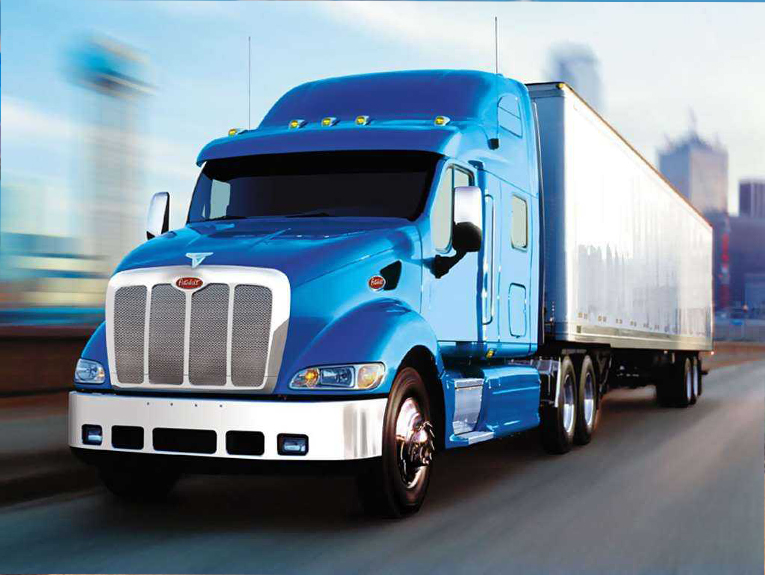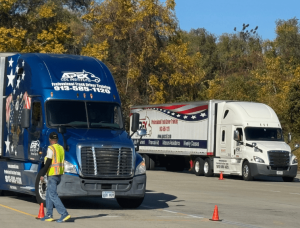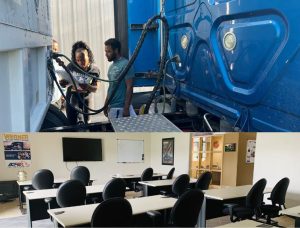
What Can You Accomplish with a Class A CDL?
Differences between the CDL licenses
Have you always dreamed of a life on the open road? Apex CDL provides students with the skills they need to obtain a Class A CDL license. Here are just some of the opportunities available if you have a CDL:
Understanding the Differences
There are actually three types of CDL: Class A, Class B, and Class C. Each class offers different possibilities based on what the CDL permits. Each state has different rules and requirements for obtaining these licenses, so a thorough understanding will help guide your career goals.
Class A
This license will allow drivers to:
- Drive tractor-trailers, livestock carriers, flatbeds, tanker vehicles, etc
- Operate any vehicle with a trailer or semi-trailer with two or more axles.
- Operate any vehicles with a Gross Vehicle Weight Rating (GVWR) over 26,000 pounds.
- Tow trailers with more than 10,000 pounds of GVWR
- Operate Class B and Class C vehicles
Class B
Class B CDLs are only slightly different from Class A because drivers can:
- Drive delivery trucks, school or tourist buses, dump trucks, etc
- Operate any vehicles with a Gross Vehicle Weight Rating (GVWR) over 26,000 pounds.
- Tow trailers with less than 10,000 pounds of GVWR
- Operate Class C vehicles, but not Class A vehicles
Class C
Drivers who get a Class C CDL can:
- Drive vehicles not included in Class A or Class B, such as passenger vans
- Transport hazardous materials
- Drive 16 or more passengers, driver included
Exciting Opportunities
Drivers who obtain a Class A CDL are looking for a career in long-haul trucking or other commercial transportation. Apex CDL’s program assists students in getting their Class A CDL learner’s permit and prepare for the Kansas and Missouri CDL license test. Some trucking companies require additional hours of on-the-job training before they hand over the keys, but obtaining a Class A CDL is the best first step. Apex CDL’s four-week program will ensure you have all the skills you need for an exciting trucking career by the time you graduate.



